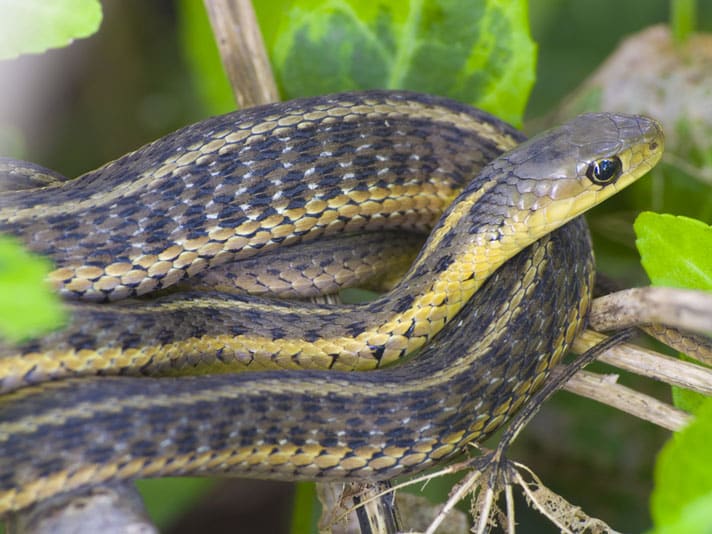
Baby Garter Snake Care: A Comprehensive Guide for Reptile Enthusiasts
Introduction
Garter snakes are a common and widespread species of non-venomous snakes found throughout North America. They are known for their distinctive patterns and colors, and their ability to adapt to a variety of habitats. Baby garter snakes are particularly delicate and require specialized care to ensure their health and well-being. This comprehensive guide will provide reptile enthusiasts with all the necessary information to properly care for baby garter snakes, from housing and feeding to health maintenance and handling.
Housing
- Enclosure: Baby garter snakes require a secure and spacious enclosure that provides ample room for movement and exploration. A 10-gallon tank is suitable for a single baby snake, while larger enclosures may be necessary for multiple snakes.
- Substrate: The substrate, or bedding material, should be absorbent and provide a natural environment for the snake. Suitable substrates include aspen shavings, coconut husk, or cypress mulch.
- Hiding places: Baby garter snakes need multiple hiding places to feel secure and protected. Provide several small caves, logs, or overturned pots within the enclosure.
- Temperature gradient: Garter snakes are ectothermic, meaning they rely on external heat sources to regulate their body temperature. Create a temperature gradient within the enclosure by providing a warm side and a cool side. The warm side should be maintained at 80-85°F (27-29°C), while the cool side should be around 70-75°F (21-24°C).
- Humidity: Baby garter snakes require a humidity level of around 50-60%. This can be achieved by misting the enclosure with water daily or by placing a shallow water dish inside.
Feeding
- Diet: Baby garter snakes are carnivorous and primarily feed on small rodents, such as pinkie mice or fuzzy mice. Feed the snake every 5-7 days, or more frequently if it is still growing rapidly.
- Feeding method: Offer the rodent to the snake using tongs or forceps. Hold the rodent by the tail and gently move it in front of the snake’s face. If the snake is hungry, it will strike and constrict the rodent.
- Water: Provide a shallow water dish filled with fresh water at all times.
Health Maintenance
- Shedding: Baby garter snakes shed their skin regularly as they grow. This process usually takes a few days and may involve the snake becoming dull in color and losing its appetite. Provide a humid environment during shedding to facilitate the process.
- Parasites: Baby garter snakes can be susceptible to parasites, such as mites and ticks. Regularly inspect the snake for any signs of parasites and consult a veterinarian if necessary.
- Respiratory infections: Respiratory infections are a common health issue in baby garter snakes. Symptoms include wheezing, coughing, and nasal discharge. If you suspect a respiratory infection, seek veterinary attention immediately.
Handling
- Frequency: Handle baby garter snakes only when necessary, such as for feeding or cleaning the enclosure.
- Technique: Support the snake’s body with one hand while gently grasping its head with the other. Avoid squeezing or holding the snake too tightly.
- Duration: Keep handling sessions brief, no longer than 10-15 minutes.
- Safety: Always wash your hands thoroughly before and after handling the snake.
Additional Considerations
- Veterinary care: Establish a relationship with a veterinarian who specializes in reptile medicine. Regular checkups are essential for monitoring the snake’s health and preventing potential problems.
- Socialization: Baby garter snakes can be socialized by handling them gently and regularly. This will help them become accustomed to human interaction and reduce stress levels.
- Breeding: Breeding baby garter snakes is not recommended for inexperienced reptile keepers. It requires specialized knowledge and facilities to ensure the health and well-being of the snakes and their offspring.
Conclusion
Caring for baby garter snakes requires a commitment to providing a suitable environment, proper nutrition, and regular health maintenance. By following the guidelines outlined in this comprehensive guide, reptile enthusiasts can ensure the health and well-being of their baby garter snakes and enjoy the rewarding experience of keeping these fascinating creatures as pets. Remember, always consult a veterinarian for professional advice and guidance when caring for your baby garter snake.
